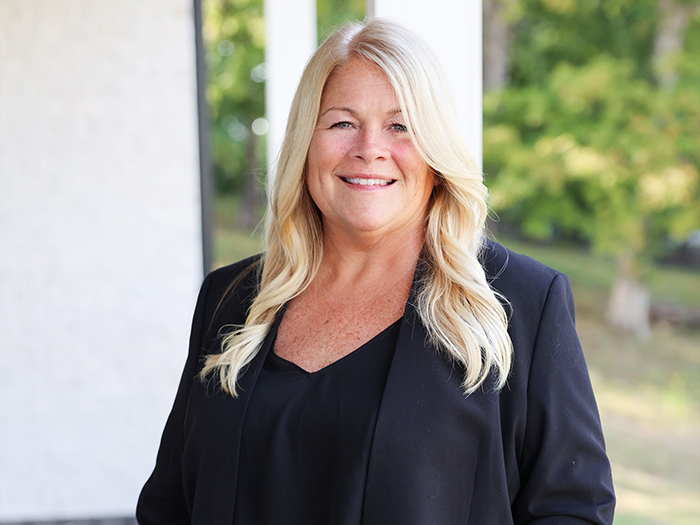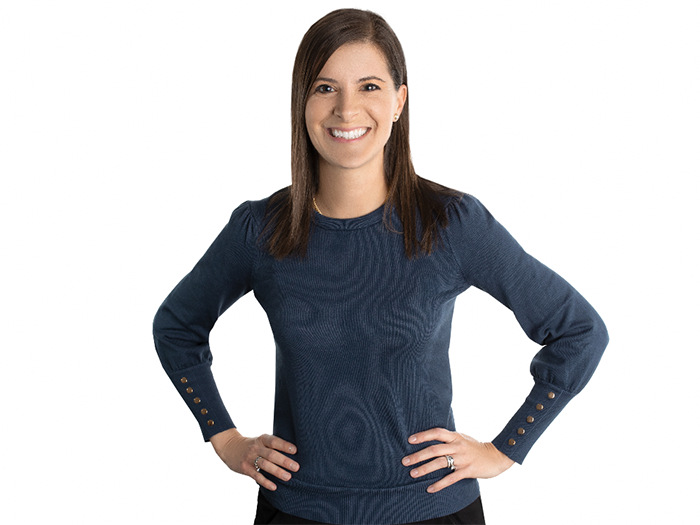Insurance Industry
P&C Outlook for 2015

Rate increases that will slow or outright decline for the property and casualty insurance industry is just one of the major trends as we enter 2015.
Keefe, Bruyette & Woods analysts expect insurers’ operating earnings to improve modestly in 2015, mostly from the “earn-in” of 2014 rate increases versus still-benign loss cost inflation, partly offset by fading reserve releases and normal catastrophe losses.
KBW’s Managing Director Meyer Shields said workers’ comp and some other casualty lines, general liability and commercial auto liability will see rate increases, albeit at a slower pace, while property lines will continue to decline.
“There are a lot of insurance carriers and so it remains a very competitive marketplace,” — Meyer Shields, managing director, KBW
“There are a lot of insurance carriers and so it remains a very competitive marketplace,” Shields said. “Companies believe they can earn an adequate return and still price competitively, which should drag down prices” but he noted that pricing was “on a line-specific basis.”
KBW also expects loss cost inflation to pick up somewhat, “but not materially so,” as insurance loss cost trends has been very suppressed lately, he said. Moreover, given the decline in interest rates, there will be a continuation of lower investment income and overall returns will also come under pressure.
Potential Pricing Challenges
In a report released in December, KBW analysts wrote that two scenarios could disrupt the trend of decelerating or declining prices.
“First, a resurgence of claim cost inflation could quickly erode prior and current accident-year profitability, which would produce a year or so of weak earnings, but would also probably jump-start rate increases,” the analysts wrote.
“On the other hand, persistently low investment yields could drive the providers of third-party capital to expand their participation into other reinsurance lines beyond property catastrophe and similar short-tailed lines.
“We don’t think an expansion is imminent, both because it would tie up capital for longer, and because expected returns for most lines are much lower than was the case for property catastrophe almost two years ago,” they wrote.
“But we believe that the traditional industry players are rational and disciplined enough to avoid obviously destructive pricing, so it would probably take external forces to really disrupt pricing.”
The P&C industry’s underwriting performance continues to lag behind 2013, but remains favorable, according to A.M. Best’s Nine Month Financial Review of the U.S. P&C industry published Dec. 16.
The pure loss ratio increased by 2 points to 58.2 for the nine months through Sept. 30, 2014, primarily as a result of higher catastrophe losses and reduced benefit from favorable development of prior accident years’ loss reserves.
Favorable Commercial Lines Outlook
While net premiums written (NPW) grew, the pace of that growth has slowed. However, increased NPW has benefitted the underwriting expense ratio, as those expenses climbed at a slower pace than NPW, according to the rating organization.
The commercial lines segment posted another set of favorable results for the nine months ended Sept. 30, although some underwriting performance deteriorated somewhat year over year, according to A.M Best’s report.
Through the first nine months of 2014, the segment’s combined ratio was 97.6, compared with 95.6 posted the same period in 2013. Net income totaled $19.2 billion, down $9 billion from a year earlier.
A.M. Best’s analysts are seeing a continuation of the trends exhibited earlier in 2014, said Jennifer Marshall, an assistant vice president in the property casualty ratings department.
“We also now have a negative outlook on the reinsurance sector, but we have seen some solid results, so we expect the industry will post an underwriting profit for 2014.” — Jennifer Marshall, assistant vice president, property casualty ratings, A.M. Best
“Moderation in catastrophic losses continues, as it was yet another year without a major hurricane hitting the U.S. East Coast, which typically is a substantial driver of losses for third quarters,” Marshall said.
A.M. Best’s analysts are also seeing a slowing in premium increases, she said. They also believe the industry in general is well-capitalized, though they have concerns in the commercial line segment, specifically related to questions about reserves in recent years for companies that write a significant amount of long-tail business.
“We also now have a negative outlook on the reinsurance sector, but we have seen some solid results, so we expect the industry will post an underwriting profit for 2014,” Marshall said. Overall, “the industry seems to be performing in line with what we expected for this year.”
Alternative Capital
Morgan Stanley researchers believe that alternative capital such as catastrophe bonds is driving “secular changes” in the global (re)insurance ecosystem, according to a report released in December.
“We estimate that alternative capital currently accounts for 15 to 20 percent of global reinsurance capacity,” the analysts wrote. “We see it as a secular shift that disrupts balance sheet-based reinsurance models with a goal of directly matching risks with the most efficient capital.”
However, the trend also offers opportunities for primary insurers to re-enter markets and lines of business, to lower operating costs through lower-priced reinsurance, and to open up new revenue streams by managing third party capital.
“Those that adapt can not only survive but thrive, in our view,” the analysts wrote. “Longer term, we believe thriving reinsurers that adapt to this secular change should (1) maintain strategic relevance (size and breadth), (2) manage third party capital, (3) become closer to the end customers, or (4) focus more on investments (asset-manager-backed reinsurers).”










